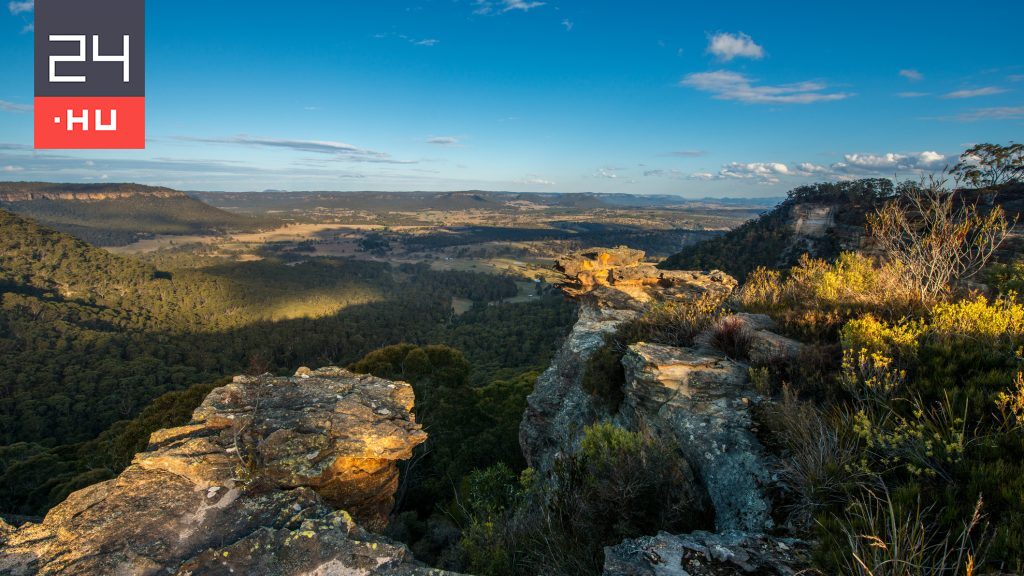Researchers at the University of Sydney have discovered underground reservoirs on the east coast of Australia, MTI writes. discovery report study Water flows were simulated in three interconnected aquifers spanning more than 800 km between Brisbane in northern Australia and Canberra in the south.
Ben MatherA fellow in the University of Sydney’s Department of Earth Sciences and lead author of the study, the huge aquifers could contain up to 20 percent of the water from the recent floods in Australia. Mather believes that this subsurface water highway consists primarily of layers of rock consisting of 50-300 million years of sediments from the Permian to the Triassic.
Not only do large pools act as water tanks, they can also help move water in dry weather. Surface and ground water sources are connected to each other. During floods and droughts, groundwater acts as a compensator, Mather said, absorbing water or providing water supplies, depending on the situation.
In the Sydney system, water can travel up to 3 meters per day, which is a world record. However, Mather added that groundwater levels in agricultural areas have fallen by 17 meters over the past two decades, warning that more must be learned about the sustainable exploitation of this hidden water supply. “As groundwater levels drop and natural regeneration stops, water evaporation leaves salt, which is harmful to both rural and urban users,” the expert said.
Mather and his research team’s work is supported by the government of the state of New South Wales, Australia. Building on the model that was set up, the researchers now want to provide practical help to farmers and other water users about which aquifers to expect.


















.jpg)

























